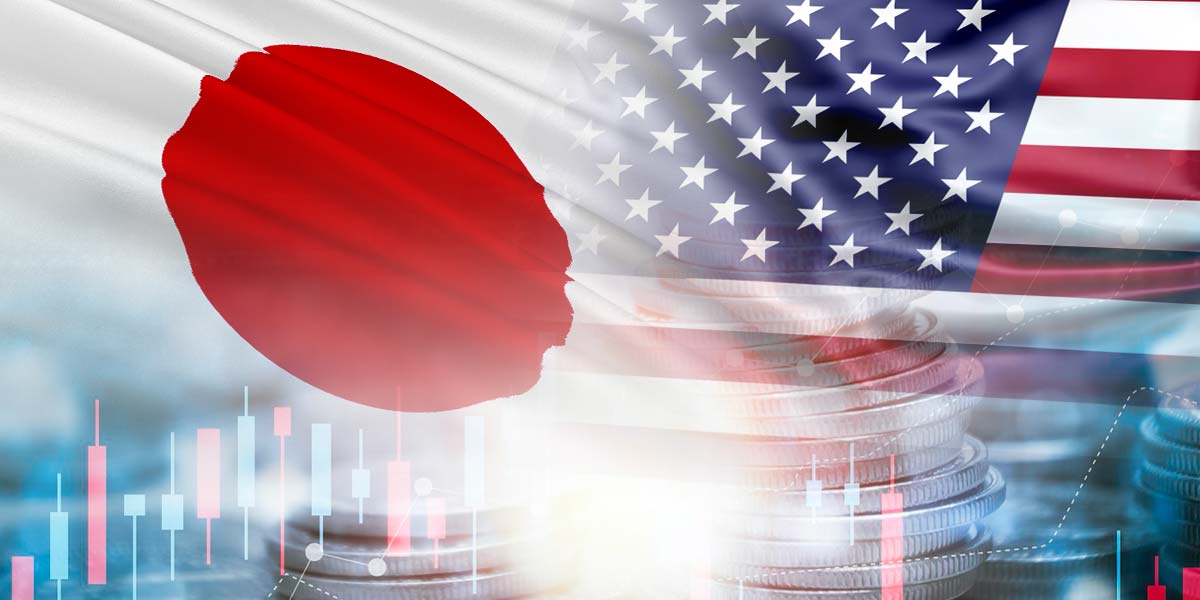Japanese Prime Minister Shigeru Ishiba and U.S. President Donald Trump met on Monday in an attempt to make progress on bilateral trade talks, but the discussions ended without a compromise on tariffs that continue to cast a shadow over Japan’s economic outlook.
The two leaders, who met for half an hour during the G7 summit in Canada, had been expected to try to break a longstanding deadlock. Japan entered the negotiations hoping that the meeting, their second face-to-face encounter, could provide momentum for a potential agreement.
While details of the disagreements were not made public, one of Japan’s primary goals has been to secure the removal of a 25% U.S. tariff on Japanese automobiles and a 24% reciprocal duty on other imports, currently suspended until July 9.
Economists warn these tariffs could subtract up to a full percentage point from Japan’s annual GDP growth.
Proposed tariffs by the Trump administration threaten roughly $17 billion in Japanese vehicle exports, according to estimates by the United Nations’ International Trade Centre. The impact would be particularly significant for major automakers like Toyota and Nissan, as well as for smaller manufacturers such as Mazda, who collectively account for about 20% of Japan’s exports.
The meeting between Ishiba and Trump follows six previous rounds of talks involving Japanese and American trade officials, most recently just prior to Ishiba’s departure for the summit.
Time is running short for Ishiba to finalize a deal; he faces mounting political pressure at home ahead of next month’s upper house election, a contest crucial to his political survival after his party lost control of the lower house last October.
The dialogue between Japan and the U.S. is set to continue later this month, with both leaders scheduled to attend the NATO summit in The Hague on June 24, offering another opportunity to advance trade negotiations.





